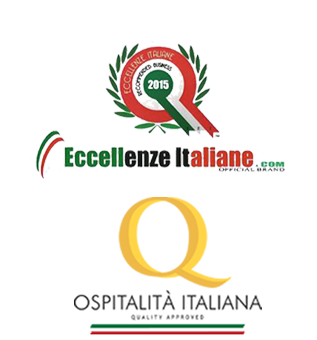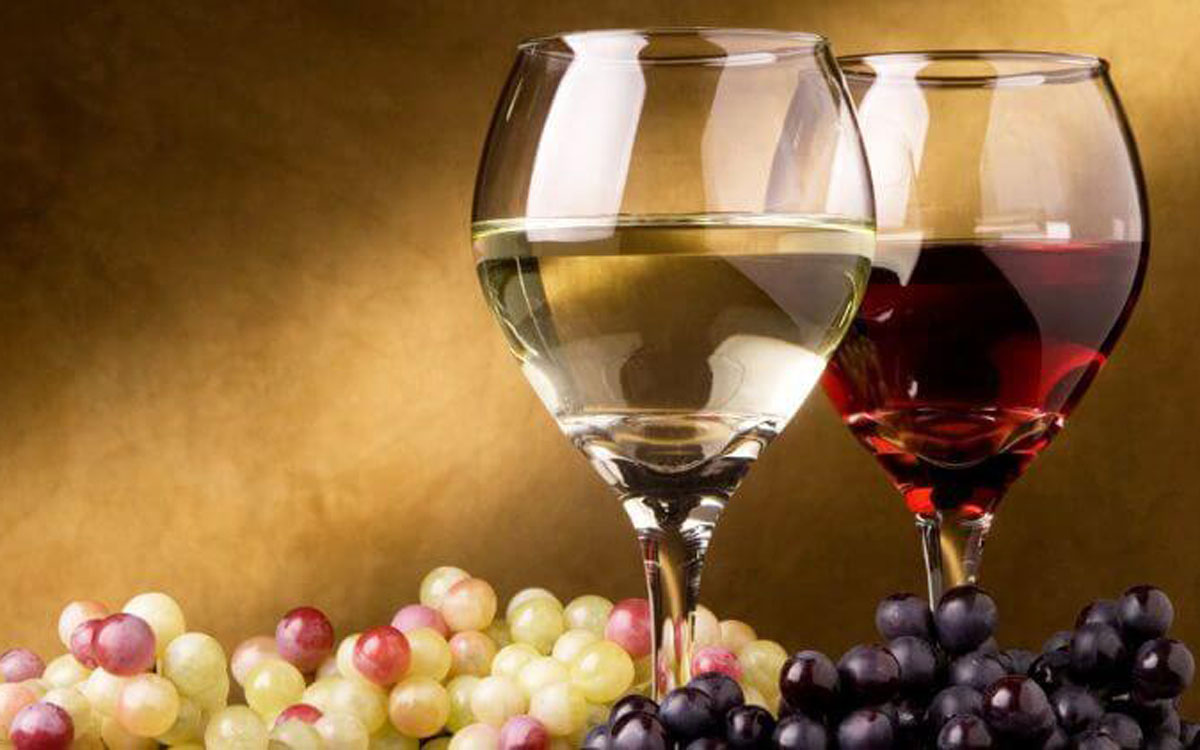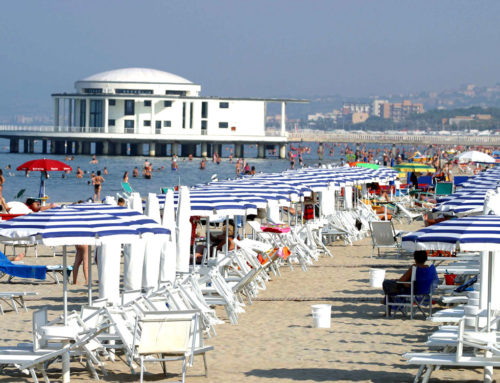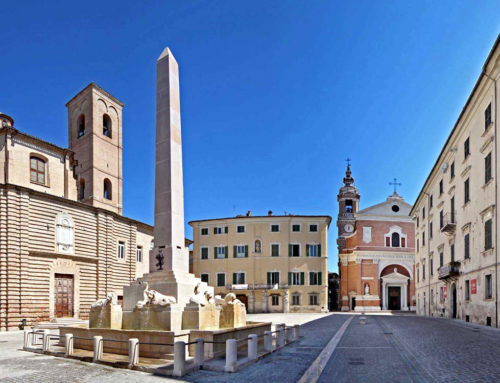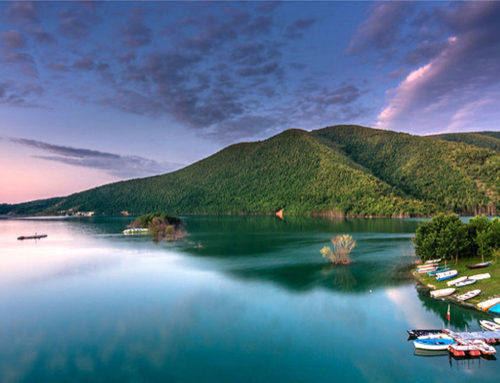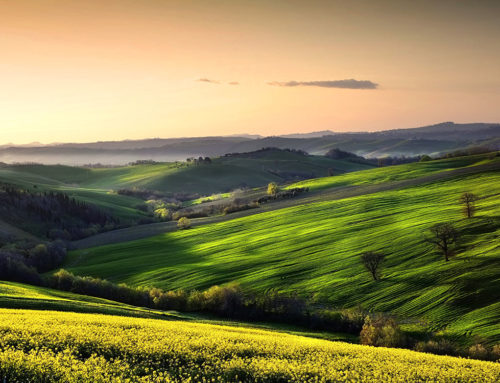Project Description
VERDICCHIO and ROSSO CONERO Wines
Over 40 years have passed since AD and 10 from the recognition of World’s Best White Wine for Verdicchio.
Inside every bottle you can find all the incredible agricultural work, the accurate processing and the careful packaging that reflects the name of the controlled origin and at the same time the characteristic genuineness of the land of origin, that splendid hill of the castles of Jesi cradled between the sea and mountains, magnificent synthesis of landscapes, historic, artistic, monumental and folkloric beauties. The valley of the Castles of Jesi is dotted with delicious medieval villages encircled by walls surrounded by eye-catching vines, traversed by a wind that avoids the formation of moisture, sunny at the right point because the vine produces grapes from which a controlled wine originates, with the scent of flowers and the bitter aftertaste, a wine that is appreciated all over the world.
Around Verdicchio there are also several historical legends, the most famous one attributed to Father Vincenzo Maria Cimarelli, Dominican Friar, inquisitor to Gubbio Crema and Brescia, a native of Corinaldo, a famous phrase dedicated to Verdicchio.
It was probably attributed to him in the 1950s and 60s when looking for noble origins in the Verdicchio somebody found it best to put some expressions on a page written by Cimarelli himself, in his “Istorie of the state of Urbino”, here in the chapter according to the friar he would write:
“The many hills of Nevola, Misa and Suasano (the current Cesana river) as cornucopia, make everything else necessary, not so much to human livelihood as to the soft and delicious viver and especially the verdicchio, vino de solar claritade et vertù, very beautiful, as Bernardo Giustiniano tells in the second book of the origin of Venice that Alaric, the King of the Visigoths, moving from this district to the land of the brutish who carried 40 some in barrels, nothing at all to say that sanitade and bellico vigio melio of the mentioned Verdicchio “.
At a check on the original volume, the fake was discovered. Below a few words or phrases the reference to Verdicchio and Alaricus king is non-existent. The story, however, was successful and it was reported by all those who wrote of Verdicchio, particularly taking up that expression, “Claritade Wine and Very Exciting Virtues” still very much used today because it manages to express the specific connotations of Verdicchio in aulic language and fascinating.
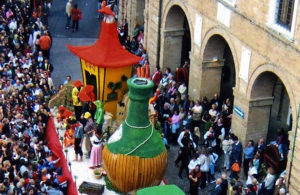 If you are in the Marches in September, you can not miss the Cupra Montana Grape Festival, second in Italy for longevity (the first edition in 1928), just 2 years younger than Marino on the Roman castles.
If you are in the Marches in September, you can not miss the Cupra Montana Grape Festival, second in Italy for longevity (the first edition in 1928), just 2 years younger than Marino on the Roman castles.
Keeping the word “Sagra” was also strongly demanded by the Cuprensi, in order to preserve and observe the ancient bond with the rurality and the strong popular involvement that the event exerts: a cross-sacred and profane event.
The peculiarities of the cuprense festival are the characteristic huts, gastronomic booths made of shrubs and ivy shrubs where you can enjoy local culinary and local verdicchio and the allegorical-vending wagons that since 1928 characterize the kermesse of the sun. A peculiar aspect of Cupra’s present festivals is that of the Carnival which originates from the irriverent bacchanals of the Roman era that now find their modern expression in the allegorical wagons.
To celebrate the harvest, there are numerous singers of the stornelli and the folk groups that are involved in the characteristic dance of the “saltarello”. For several years, the festival hosts the stake of the verdicchio: a pressing competition with feet, in wooden tins, among the representatives of the most important wine-growing communities of the verdicchio area.
ROSSO CONERO
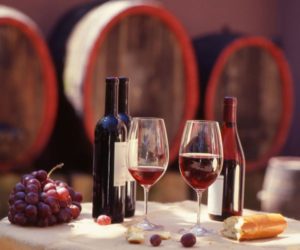 The Red Conero is the wine in the Marche Region, where we find more historical facts. The oldest legend tells us that Mount Conero is the last rock that was left of ancient Adriatic, a species of now sunken Atlantis. We find traces of this wine already at the time of the Benedictine monasteries: monks are explicitly recalled about the “nectar made of a particular system used in the cultivated grapes on Conero Mountain”. Andrea Bacci, a physician of Pope Sisto V, in a book of 1596 makes a great talk of the wines of the Conero. More recent poetic references are found in the recanatese Giacomo Leopardi, which in some of his lesser-known writings speaks of wine and driftiness and refers to wines produced on the slopes of Mount Conero.
The Red Conero is the wine in the Marche Region, where we find more historical facts. The oldest legend tells us that Mount Conero is the last rock that was left of ancient Adriatic, a species of now sunken Atlantis. We find traces of this wine already at the time of the Benedictine monasteries: monks are explicitly recalled about the “nectar made of a particular system used in the cultivated grapes on Conero Mountain”. Andrea Bacci, a physician of Pope Sisto V, in a book of 1596 makes a great talk of the wines of the Conero. More recent poetic references are found in the recanatese Giacomo Leopardi, which in some of his lesser-known writings speaks of wine and driftiness and refers to wines produced on the slopes of Mount Conero.

